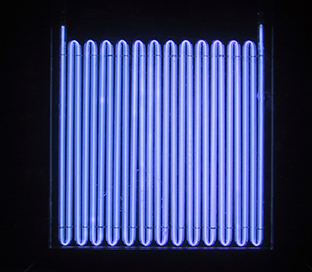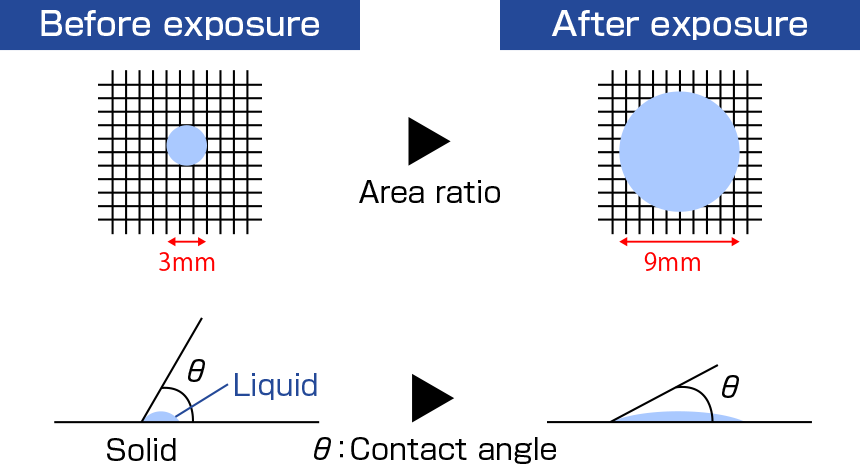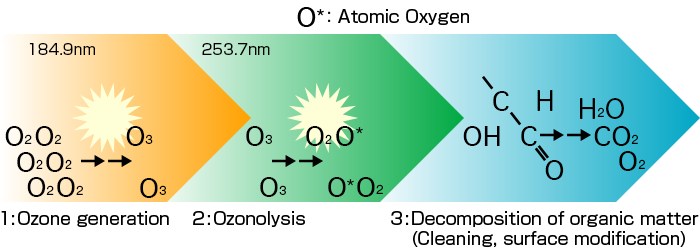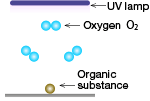The UV(Ultraviolet) -Ozone Cleaner removes molecular organic contaminants from workpiece surfaces and can also be used for surface modification via UV emitted at wavelength of 184.9nm and 253.7nm.
Surface treatment technology based on UV light is a dry cleaning which requires no vacuum system and can achieve a reliable cleaning effect without failure, and is further blessed with such a distinguished advantage that delicate workpiece surface suffer no damage. UV Ozone cleaner is also effective for pre-cleaning and post-cleaning / final cleaning in wet processes.
This simple system for dry cleaning requires no complicated structure and is the best used in final cleaning.
| Exposure area | 308mm x 308mm |
|---|---|
| Electricity | 100VAC 10A 50 or 60 Hz |
| Dimensions | 505mm(W) x 616mm(D) x 320mm(H) |
| Weight | Approx. 41kg |
| Features | |
|---|---|
| 1 | Equipped with a high-density UV serpentine-style grid lamp. |
| 2 | Expose uniformly to the workpiece surface. |
| 3 | Small and compact design. |
| 4 | Simple utility. |
| 5 | Simple operation with a safety lock function. |

Through UV ozone cleaning / surface modification by UV exposure, organic substances on the surface is removed. In other words, surface is changed from hydrophobic to hydrophilic.
You can observe it by changing of wettability through water drop.
■Change of wettability and contact angle through water drop

■Change of wettability

■Change of contact angle

| Parameters | |
|---|---|
| Exposure time | 5min/distance: 10mm |
| Tool | UV-208/Sample: Si wafer |
| Uses | |
|---|---|
| 1 | Surface modification of resin sections. |
| 2 | Improved contactabilty, enabling better adherence, coating, printing, deposition, and soldering. |
| 3 | Improvement of work surface wettability. |
| 4 | For cleaning wafers, photomasks, glass substrates, lenses and optical components. |
| Ozone generation | Ozone is generated by oxygen in the atmosphere which absorbs the ultraviolet rays of 184.9nm. |
|---|---|
| Ozonolysis | Generated-ozone generate oxygen and active oxygen to absorb the ultraviolet rays of 253.7nm furthermore. |
| Decomposition of organic matter | Highly unstable active oxygen tied to organic compound and do oxidative decomposition such as H2O, CO2, and NOx. |

